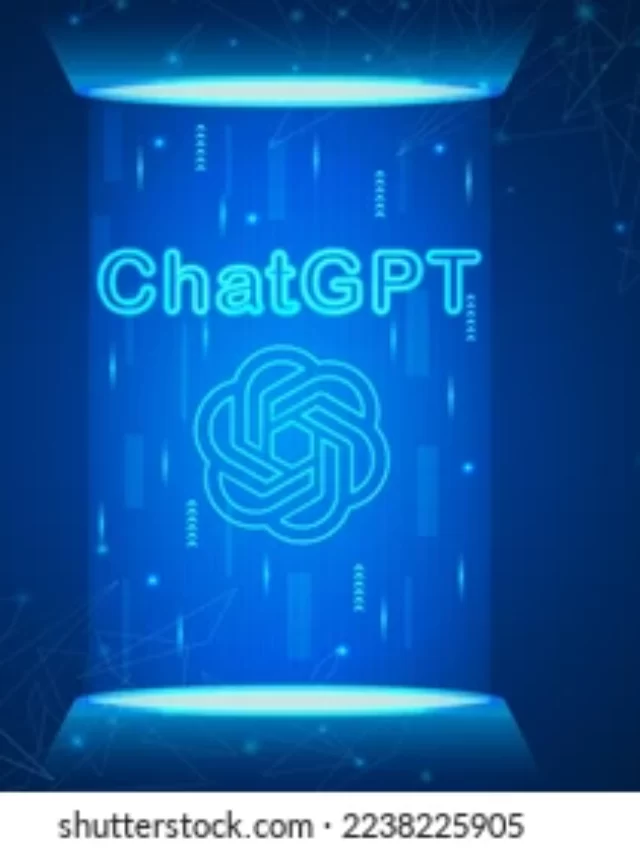OpenAI released ChatGPT four months ago, and in that short time, it has made a profound impact on the world. AI has raised concerns about the future of job markets around the world, shaken up education systems and attracted millions of users, including large financial institutions and app developers.

It’s time to say goodbye to ChatGPT and welcome its successor, GPT-4. What’s new in GPT-4 and how impactful will it be? Read on to know everything you need to know about ChatGPT-4:
First, the name. The “Chat” section is self-explanatory – it’s a computer interface you can chat with. “GPT-4” stands for “Generative Pre-Trained Transformer 4”, which is the fourth version of OpenAI. It has analyzed vast amounts of information from the web to generate human-like text and provide detailed answers to users’ queries.
OpenAI’s newly developed language model, GPT-4, has the ability to produce text that resembles human speech. This latest iteration is an upgrade to the existing ChatGPT based on GPT-3.5 technology. GPT stands for Generative Pre-Trained Transformer, a deep learning technique that uses artificial neural networks to generate human-like writing.
OpenAI claims that GPT-4 is much improved in three significant areas: creativity, visual understanding, and context manipulation. GPT-4 is said to be significantly better than its predecessors in terms of creativity, both in helping users create and collaborate on creative projects. This includes music, screenplays, technical writing, and even adapting to a user’s writing style.
In addition to creativity and visual input, OpenAI has also improved GPT-4’s ability to handle long contexts. The new language model can now process up to 25,000 words of text from the user or interact with the text from a user-provided Internet connection. This enhanced capability will help create long-form content and facilitate “extended conversations.”
Image manipulation based on GPT-4 communication has also been improved. OpenAI has provided an example on their website where a chatbot is given an image of packing materials and asked what it can do with them. It is unclear whether GPT-4 video can be processed in the same manner.
Finally, OpenAI claims that GPT-4 is more secure to use than its predecessors. According to the company, it has undergone extensive testing and can generate 40% more accurate responses than the previous version. Additionally, they are 82% less likely to create inappropriate or offensive content.
According to the company, GPT-4 has been trained with the help of human feedback to make these improvements possible. The company says it has collaborated with more than 50 experts, including those in the AI safety and security domains.
OpenAI said the new version is much less likely to go off the rails than its previous chatbot, with widely reported interactions with ChatGPT or Bing’s chatbot, where users are told lies, insults or other “hallucinations.”

















